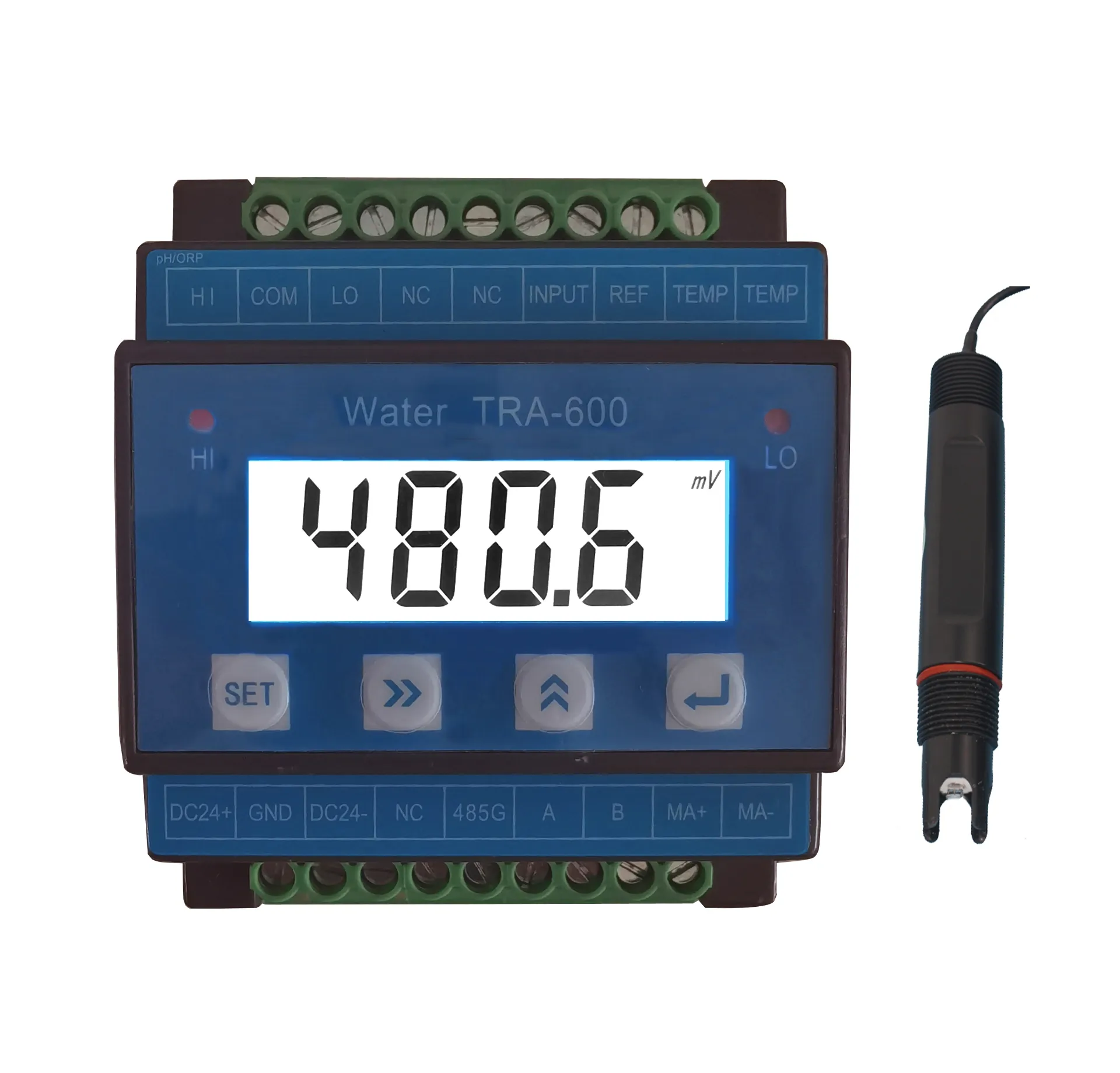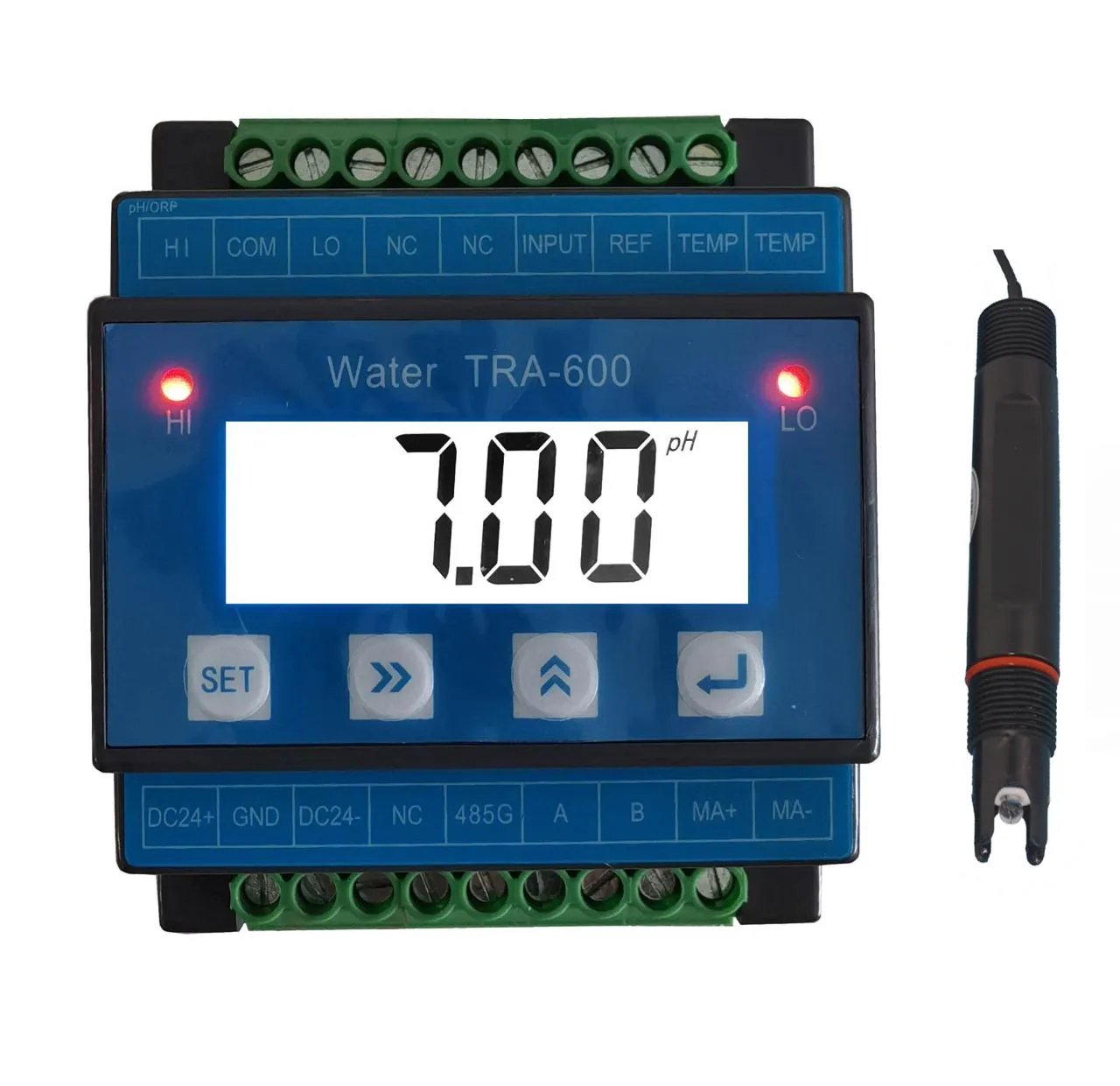Transmitter 4 20mA Technology
Apr . 21, 2025
In the world of industrial automation and process control, accurate signal transmission is everything. One of the most widely trusted standards is the transmitter 4 20ma signal, known for its reliability, simplicity, and noise resistance. This analog current loop is used globally in thousands of systems, from water treatment plants to oil refineries and HVAC systems.
The transmitter 4 20ma configuration works by converting a physical variable—such as temperature, pressure, or flow—into an electrical current signal that ranges from 4 mA (representing the minimum value) to 20 mA (representing the maximum). The reason for using a current instead of voltage is simple: current is not affected by resistance in the wires, making the signal stable even across long distances.
This method also offers fail-safe functionality. Since the signal never goes below 4 mA in normal operation, a reading of 0 mA is automatically recognized as a system fault—something invaluable for operators needing to diagnose issues quickly.
As industries lean more into digital transformation, the transmitter 4 20ma still stands strong. Many of today’s smart transmitters integrate digital communication protocols like HART alongside the analog signal, allowing simultaneous digital diagnostics and analog output without disrupting legacy systems.

PT100 Transmitter: The Gold Standard for Temperature Monitoring
When precision matters, the pt100 transmitter stands out as the go-to choice for high-accuracy temperature measurement. Based on the platinum resistance temperature detector (RTD), a pt100 transmitter measures temperature by detecting the resistance change of platinum wire, which has a predictable response to temperature changes.
"PT" stands for platinum, and "100" refers to 100 ohms resistance at 0°C. The pt100 transmitter amplifies and linearizes the RTD signal, then converts it into a 4-20mA current loop or digital output that can be fed into a PLC, DCS, or remote monitoring system.
This type of transmitter is commonly used in pharmaceutical labs, chemical plants, and power generation facilities, where even slight temperature deviations can result in major quality or safety issues. Unlike thermocouples, PT100s offer superior stability and repeatability, especially over time and across wide temperature ranges.
Today’s advanced pt100 transmitter models feature programmable ranges, explosion-proof housings, and remote configuration via software or handheld communicators. With accurate temperature data, operators can optimize processes, reduce energy usage, and maintain product quality more effectively.

How Differential Pressure Sensor 4 20mA Systems Improve Process Efficiency
In many industrial applications, monitoring the difference in pressure between two points is just as important—if not more so—than monitoring absolute pressure. This is where the differential pressure sensor 4 20ma comes into play. Whether used in filtration systems, HVAC air ducts, or fluid flow measurement, these sensors offer robust, real-time insight into system performance.
The differential pressure sensor 4 20ma measures the pressure drop between two points and outputs a signal proportional to that difference, using the universally accepted 4-20 mA loop. This allows the reading to be transmitted over long distances with minimal signal loss or interference.
For example, in a water filtration system, a differential pressure sensor 4 20ma can help identify when filters become clogged. A rising pressure differential across the filter signals buildup and indicates it's time for maintenance—long before water quality is affected or system damage occurs.
These sensors are built to withstand harsh conditions and corrosive environments. Many models feature stainless steel diaphragms, IP-rated enclosures, and temperature compensation. Some also include digital displays and remote calibration options for increased user convenience.
In critical systems, integrating a differential pressure sensor 4 20ma enables predictive maintenance, reduces downtime, and ensures regulatory compliance through continuous monitoring.
Why the 4 Wire Pressure Transmitter Dominates Industrial Applications
While two-wire transmitters are common in many installations, there are scenarios where a 4 wire pressure transmitter is the better choice. Unlike its two-wire counterpart, which combines power and signal in the same pair of wires, a 4 wire pressure transmitter uses separate pairs for power and output signal, providing several distinct advantages.
First, 4 wire pressure transmitter systems offer superior accuracy and faster response times. The separation of power and signal paths minimizes electrical interference, leading to more stable outputs—especially critical in high-precision applications like hydraulic systems, aerospace, and fuel injection testing.
Second, these transmitters often come with additional capabilities such as higher signal strength, wider temperature compensation ranges, and better noise immunity. They're particularly suited for environments where electromagnetic interference is present, such as near motors or heavy machinery.
Installation is straightforward, especially in systems with dedicated power and control circuits. And while the 4 wire pressure transmitter may cost slightly more initially than a two-wire model, its performance and durability often justify the investment.
Newer models also come with smart diagnostics, built-in displays, and user-friendly calibration software. Some 4 wire pressure transmitter units even support multi-variable measurements, outputting pressure, temperature, and even flow readings from a single sensor package.
Choosing the Right Transmitter 4 20mA System for Your Needs
Selecting the right transmitter 4 20ma system involves balancing your application requirements, environmental conditions, accuracy needs, and communication protocols. The beauty of the 4-20mA standard lies in its versatility—it is compatible with sensors measuring pressure, temperature, flow, level, and more.
For basic temperature applications, a pt100 transmitter paired with a 4-20mA loop may be sufficient. However, for hazardous areas, look for explosion-proof or intrinsically safe certifications. For tank-level measurements using differential pressure, opt for a differential pressure sensor 4 20ma with robust sealing and chemical compatibility.
And if your setup demands high-speed signal response, or is located in a high-noise industrial zone, a 4 wire pressure transmitter might be your best bet for reliable, interference-free operation.
Manufacturers now offer hybrid units that incorporate both analog and digital outputs, enabling backward compatibility with legacy systems and forward integration with modern Industry 4.0 architecture. The flexibility of the transmitter 4 20ma format ensures its continued relevance—even as digital sensor networks evolve.
Transmitter 4-20mA RS485 FAQs
What does a transmitter 4 20ma do, and why is it used?
A transmitter 4 20ma converts a sensor signal (such as from a temperature or pressure sensor) into a standardized current signal ranging from 4 to 20 milliamps. It’s widely used in industrial automation because current signals are less prone to voltage drop and electrical noise over long distances. It also includes built-in fault detection, where 0 mA usually indicates a problem like a broken wire or malfunction.
How does a pt100 transmitter differ from a thermocouple-based transmitter?
A pt100 transmitter uses a platinum RTD (Resistance Temperature Detector) with a resistance of 100 ohms at 0°C. It offers high accuracy and long-term stability, especially in the -200°C to 600°C range. In contrast, thermocouples measure voltage generated by two dissimilar metals and usually cover broader temperature ranges. PT100s are preferred when precision and repeatability are critical.
What are the advantages of using a differential pressure sensor 4 20ma?
A differential pressure sensor 4 20ma offers real-time monitoring of pressure differences, crucial for applications like filter monitoring, tank level detection, and flow measurement. The 4-20mA output ensures accurate signal transmission over long distances with minimal interference. These sensors also allow for predictive maintenance by identifying performance issues early, reducing downtime and saving costs.
When should I choose a 4 wire pressure transmitter over a 2 wire one?
A 4 wire pressure transmitter is ideal when you need higher signal integrity, better accuracy, or must operate in electrically noisy environments. With separate wires for power and signal, it minimizes interference and provides faster response. Choose this type when precision is paramount, such as in laboratory testing, aerospace applications, or dynamic systems like hydraulic equipment.
Can I integrate a transmitter 4 20ma with a PLC or SCADA system?
Absolutely. The transmitter 4 20ma is designed for seamless integration with most programmable logic controllers (PLCs), distributed control systems (DCS), and SCADA platforms. Its analog nature makes it easy to read using analog input modules, and many modern transmitters also include HART or Modbus protocols for advanced diagnostics and configuration. This makes it an excellent choice for both legacy systems and new installations.
Related Products
Related News























